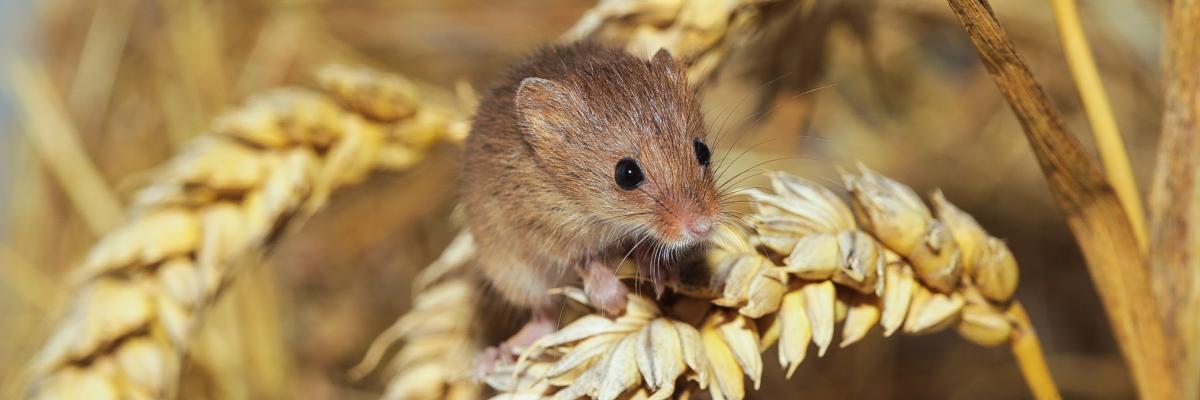

Managing for mammals
Download the PDF
Resource explained:
The mammal community is an important, perhaps undervalued, component of farmland biodiversity. It includes species of conservation concern, such as harvest mice, dormice and bats, as well as those often perceived as problematic, such as foxes, badgers and deer. How best to conserve mammals will depend on the species and the farm: these illustrated chapters from WildCRU’s Wildlife & Farming handbook suggest habitat management approaches for small mammals, brown hare, water voles, otters and bats, using case studies from WildCRU projects to highlight key information.
Findings & recommendations:
- Hedgerows, tussocky margins and copses are widely used by a range of farmland mammals. Small mammals, an important part of the food chain, will benefit from the plentiful supply of seeds and invertebrates, shelter, and nesting sites.
- Bats, many of which are declining, use hedgerows, tree lines, and woodland belts for foraging and as corridors through the landscape. Woodland and water bodies are especially important for many bats - woodland provides roosting and feeding sites, and watercourses harbour abundant insects.
- Where watercourses have lush bank vegetation, one of Britain’s most endangered mammals - the water vole - may sometimes be found. Fencing can protect watercourses from heavy grazing, while buffer strips next to watercourses on arable land can increase bankside vegetation and reduce pollution in the river. Good water quality is crucial for water voles, otters and other riparian wildlife.
- The brown hare, with its distinctly long, black-tipped ears and leggy appearance has declined greatly in numbers. Hares prefer a farmland ‘mosaic’ mix of arable and grassland fields. A number of Countryside Stewardship options will benefit hares.
(Header image: Harvest Mouse. Photo credit: Allan Drewitt, Natural England)
Summary provided by:
Ruth Feber
